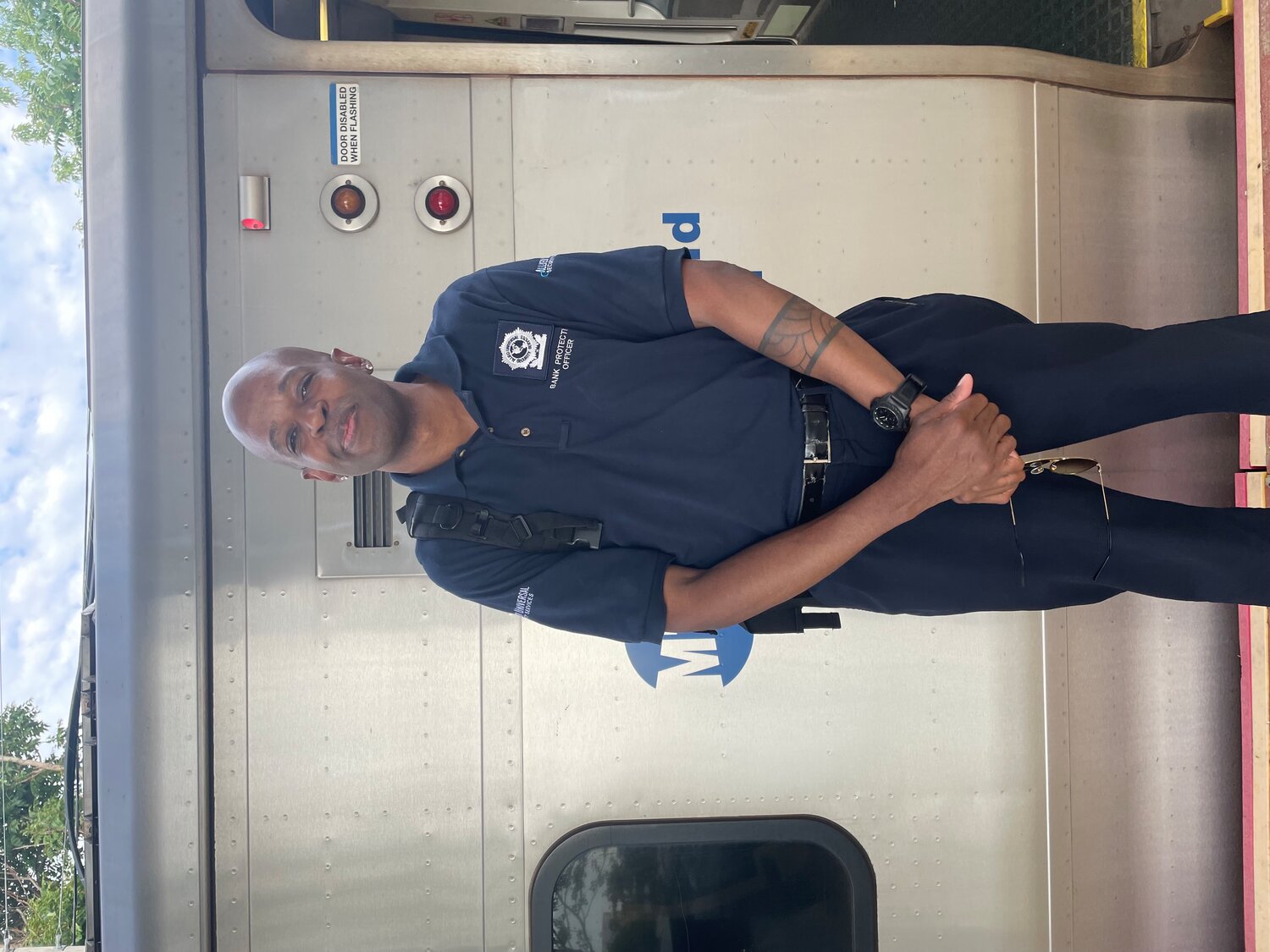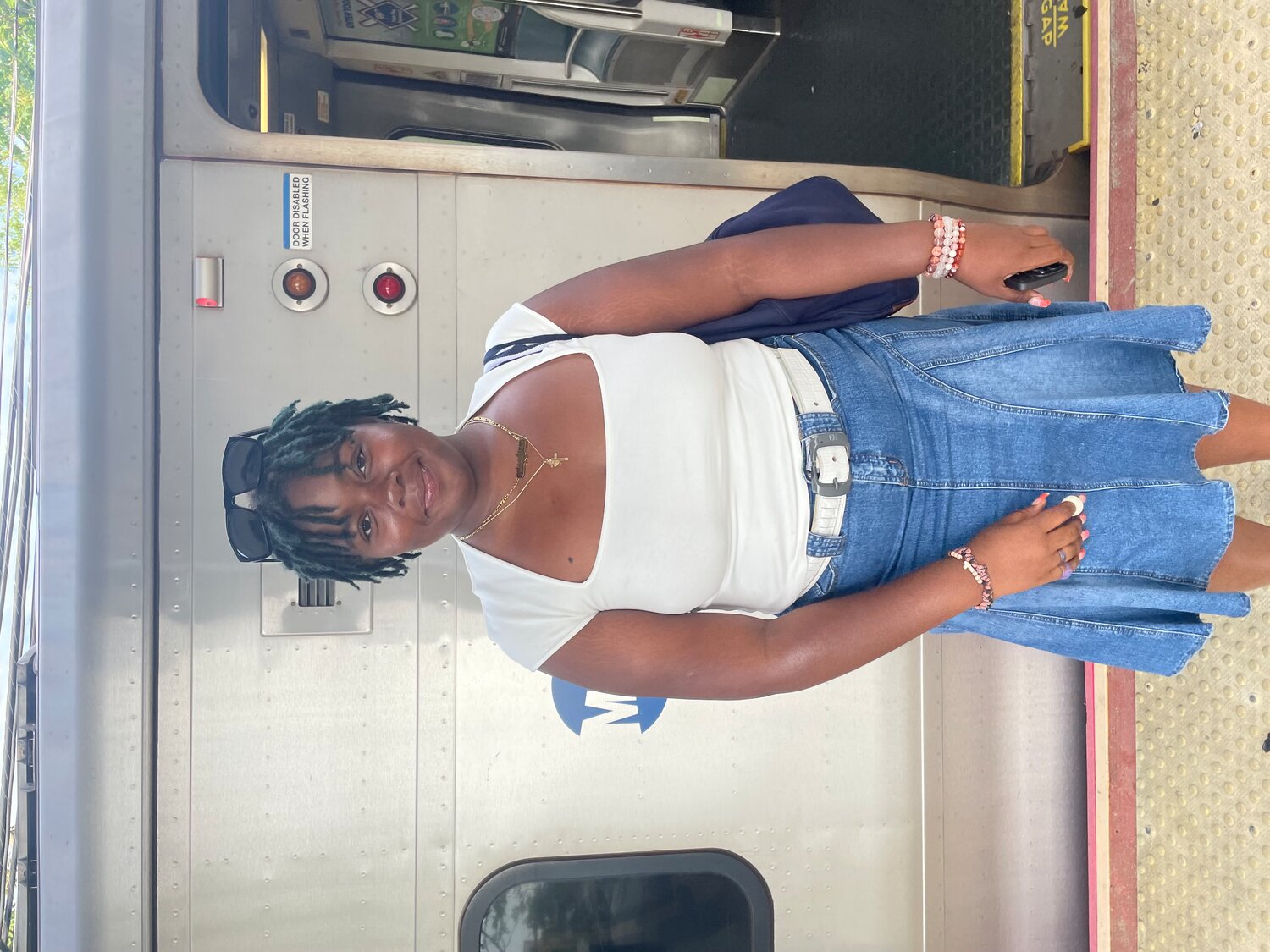What do YOU think about MTA fare hikes? See what your neighbors think.
Starting on or around Aug. 20, Long Island Rail Road riders can expect a modest uptick — roughly 4.3 percent — in the price of their weekly and monthly tickets. The Metropolitan Transportation Authority, the LIRR’s parent company, voted unanimously to raise the base fare prices for LIRR train trips earlier this month for the first time in four years.
The price increase translates to a few extra cents for each ticket. A one-way ticket from Long Beach to Manhattan, for example, will cost an extra 50 cents, from $14 to $14.50 during rush times, and will rise from $10.25 to $10.75 during non-peak hours.
While the agency customarily raises fares every two years, MTA officials held off on an anticipated round of fare increases in 2021 for fear it would drive away commuters from using mass transit at a time when winning them back was key. It also still had billions of dollars in federal relief from the coronavirus pandemic it could tap into.
The situation came to a head earlier this year when the MTA said it faced a projected budget gap of $2.5 billion by 2025. The agency has since managed to stave off financial ruin and avoid making drastic service cuts after Gov. Kathy Hochul and lawmakers promised to pump millions of dollars in added funding.
“We have to face the harsh reality of MTA’s fiscal cliff,” noted Hochul in her 2024 executive budget address. “A problem that was created by almost the complete cessation of ridership during the pandemic — except for emergency workers, first responders, and health care workers.”
Critics and observers, however, argue that the MTA’s budgetary problems reach back decades of fiscal troubles and structurally shabby budget practices resulting in expenses outpacing revenue.
The current fare bump — and those still on the way — are part of the roughly $1.3 billion bailout deal struck between the transit giant and Albany, said MTA chair and chief executive Janno Lieber.
On balance with the LIRR dropping fare prices by 10 percent last year, “the fares are still (comparatively) lower than they used to be, even though everything else in life has gone up,” Lieber said.
For some people in Malverne and West Hempstead, a 10 percent or 50 cent increase per ticket isn’t going to break them.
Manny Perez, 16, and his friends take the train from Malverne to skate in the city once a week. Perez said the rate hike doesn’t affect him much — he doesn’t care about a few cents, and it won’t change how often he goes into the city.
Some residents who are more impacted by the rate hike, such as daily commuters, are not particularly upset at the MTA fare hike.
“It doesn’t really bother me,” Russell Marshall, who takes the train from West Hempstead into the city daily for work, said. “Everybody has to get paid. Everybody’s got to make money, I guess.”
Whether people are angry at the MTA for the rate hikes or not, they will have to make adjustments. Berto Stevens takes the train into West Hempstead to visit friends, and takes the subway daily. Though the rate hikes will definitely impact him, he said, he has no alternative but to rely on public transit.
“I work in the city so I have no choice,” he said. “I’ll just have to nickel and dime, whatever I have to do, just calculate my expenses.”
Although many people who live and work in West Hempstead are able to handle the rate hikes, they’re still concerned for those who can’t. Cobia Powell, an attorney from Brooklyn, takes the train into West Hempstead every day.
“Fortunately I’m in a position to pay it, but I know for a lot of people — especially older people — that 10 percent increase is a lot for them, especially if they ride the train or the bus often,” he said. “Some people don’t have a choice because they don’t have enough money to afford a car.”
He pointed out that those expenses can add up forcing people to dip into their budgets for groceries and other essentials. Furthermore, it seems that in a world of rising expenses, the MTA fares are just another increase to add to the long list.
“It’s definitely going to be difficult for people to pay for prices that keep forever increasing,” Powell said. “Everything constantly goes up, but it seems like nothing is really changing to make the ridership any more favorable for the rider.”
That sentiment was echoed by others who are wondering whether the rate hike will bring improvements to the MTA, or if this is another inflation-era price increase with no apparent consumer benefit.
“If the ticket price is to increase the service, or the chairs or the cleanliness of things, maybe,” Misalove Smith, who takes the train into West Hempstead a couple times a month, said. “But we’ll see.”
For more information, visit tinyurl.com/MTARateHike2023.









